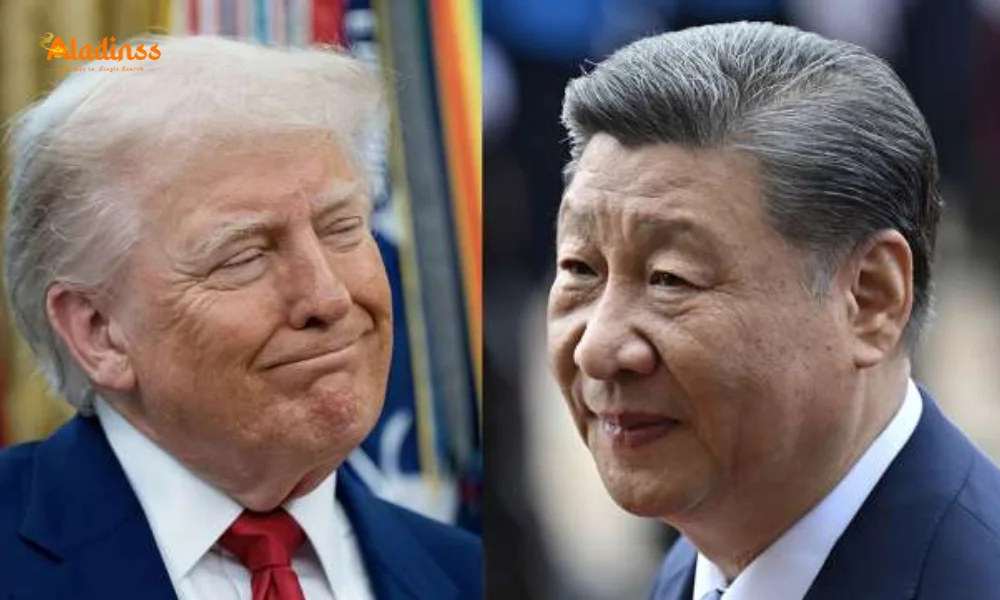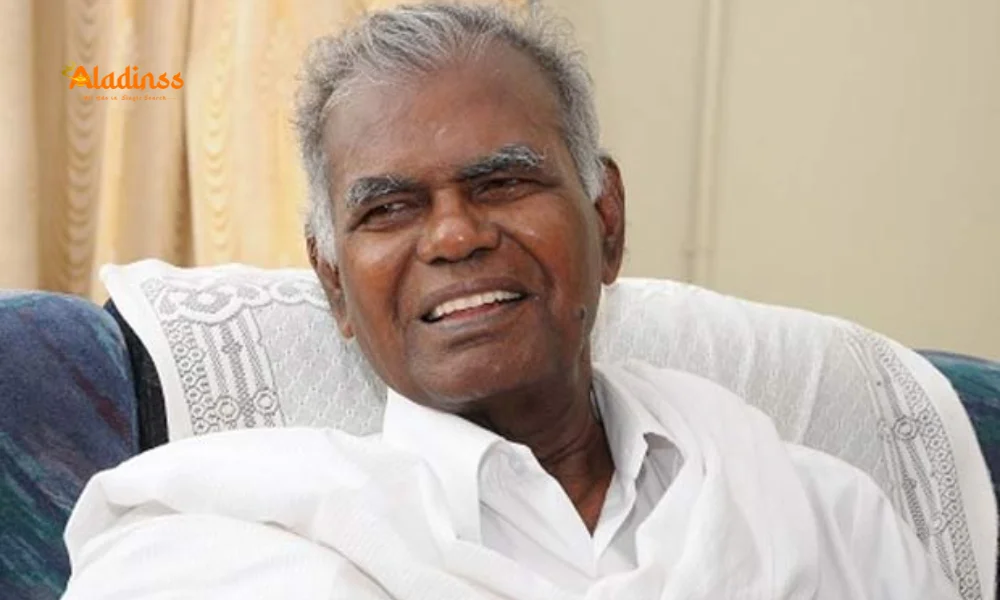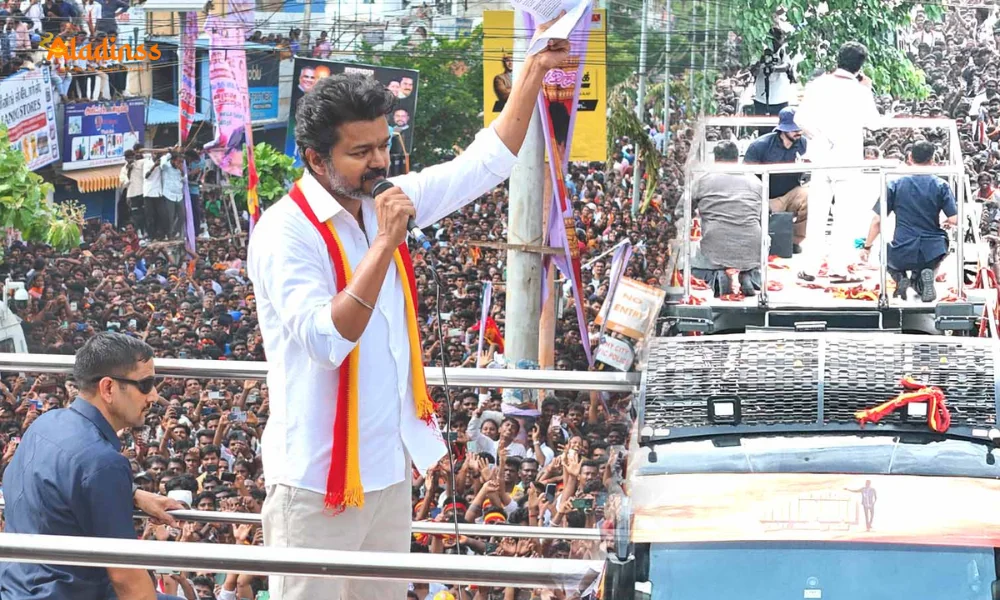India Petrol and Diesel Prices Today, October 25, 2025: Latest Fuel Rate Update
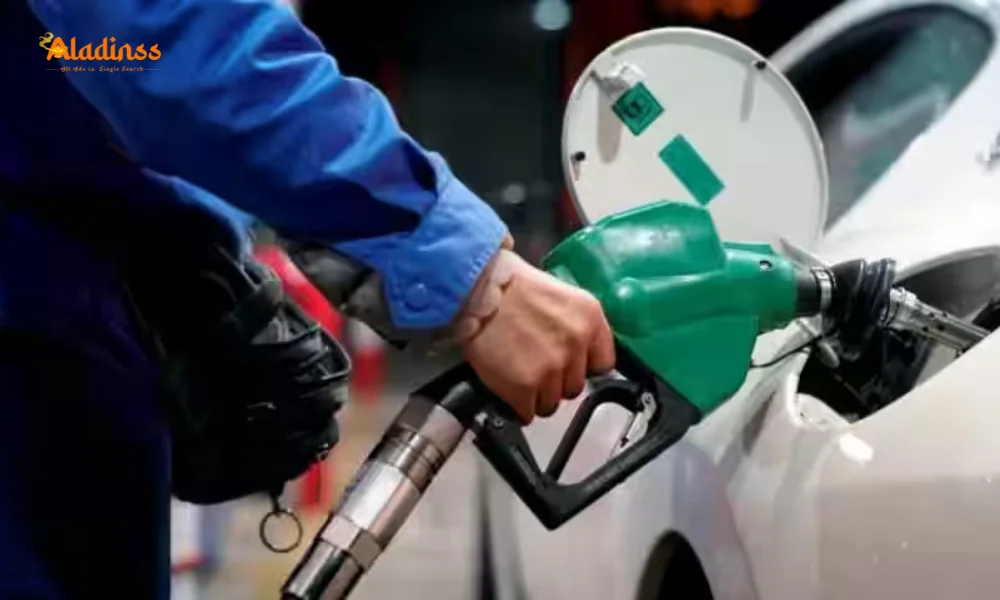
Latest Petrol and Diesel Prices in India: October 25, 2025
On October 25, 2025, Oil Marketing Companies (OMCs) in India updated petrol and diesel prices across major cities, reflecting daily adjustments based on global crude oil prices and currency exchange rates. These updates, effective from 6 AM, ensure transparency and provide consumers with the most accurate fuel rates. From New Delhi to Mumbai, prices vary significantly due to regional taxes and other factors, impacting commuters and businesses alike. Check the latest city-wise rates and understand the key drivers behind these fuel costs.
Fuel prices in India have remained stable since May 2022, following tax cuts by the central and state governments. However, daily revisions by OMCs like Indian Oil, BPCL, and HPCL ensure that prices align with global market trends. This article provides a detailed breakdown of today’s petrol and diesel rates, factors influencing them, and how consumers can stay informed about daily updates.
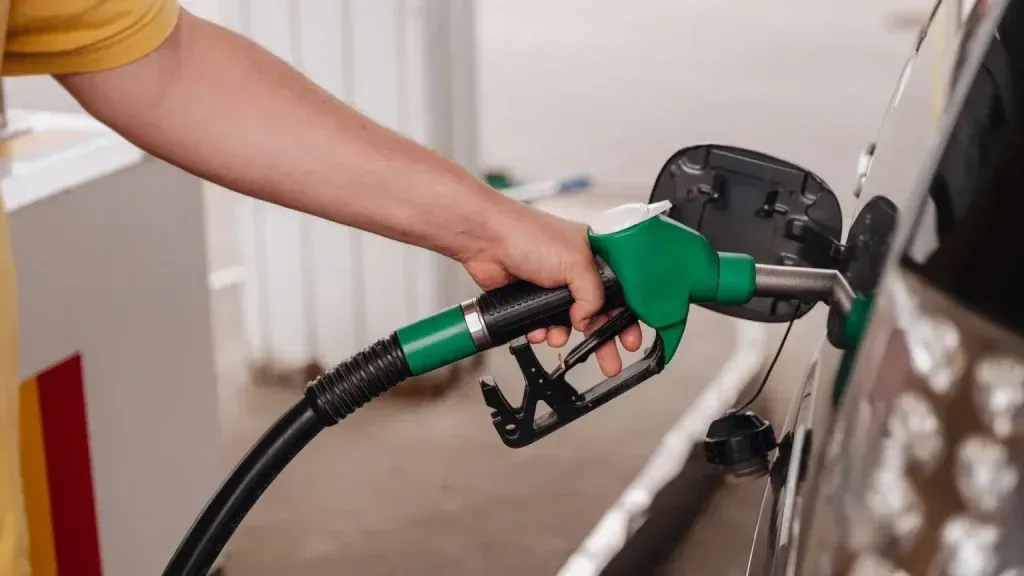
City-Wise Petrol and Diesel Prices on October 25, 2025
Below is a comprehensive table detailing the petrol and diesel prices across major Indian cities as of October 25, 2025:
| City | Petrol (₹/L) | Diesel (₹/L) |
|---|---|---|
| New Delhi | 94.72 | 87.62 |
| Mumbai | 104.21 | 92.15 |
| Kolkata | 103.94 | 90.76 |
| Chennai | 100.75 | 92.34 |
| Ahmedabad | 94.49 | 90.17 |
| Bengaluru | 102.92 | 89.02 |
| Hyderabad | 107.46 | 95.70 |
| Jaipur | 104.72 | 90.21 |
| Lucknow | 94.69 | 87.80 |
| Pune | 104.04 | 90.57 |
| Chandigarh | 94.30 | 82.45 |
| Indore | 106.48 | 91.88 |
| Patna | 105.58 | 93.80 |
| Surat | 95.00 | 89.00 |
| Nashik | 95.50 | 89.50 |
Factors Driving Petrol and Diesel Prices in India
The pricing of petrol and diesel in India is influenced by a complex interplay of global and domestic factors. While fuel prices have remained steady since May 2022 due to tax reductions, daily updates by OMCs ensure alignment with market dynamics. Below are the key factors shaping fuel rates across the country:
- Global Crude Oil Prices: As the primary raw material for petrol and diesel, fluctuations in global crude oil prices directly impact retail fuel costs.
- Exchange Rate Volatility: India’s heavy reliance on imported crude oil means a weaker Indian rupee against the US dollar increases fuel prices.
- Tax Structure: Central excise duties and state-specific taxes like VAT significantly contribute to the final price, varying across regions.
- Refining and Distribution Costs: The expenses involved in processing crude oil and distributing fuel to retail outlets affect pricing.
- Demand and Supply: High consumer demand, particularly in urban centers, can push prices upward, influenced by seasonal and economic trends.
These factors create a dynamic pricing environment, with OMCs adjusting rates daily to reflect changes in the global and domestic markets. For instance, cities like Hyderabad and Mumbai consistently report higher fuel prices due to elevated state taxes and logistical costs.
Why Fuel Prices Vary Across Cities
The significant variation in petrol and diesel prices across Indian cities is primarily due to differing state taxes and logistical expenses. For example, Chandigarh offers the lowest diesel price at ₹82.45 per liter, while Hyderabad records the highest petrol price at ₹107.46 per liter. State governments impose Value Added Tax (VAT) at varying rates, which significantly impacts the final retail price. Additionally, transportation costs and local demand influence the pricing structure in each city.
Urban centers like Mumbai and Chennai face higher fuel costs due to dense populations and greater demand, while cities like New Delhi and Ahmedabad benefit from relatively lower taxes. This disparity underscores the importance of understanding regional economic factors when analyzing fuel price trends.
How to Check Fuel Prices via SMS
Consumers can easily access the latest petrol and diesel prices through SMS services provided by OMCs. Here’s how to check fuel rates:
- Indian Oil: Send “RSP [city code]” to 9224992249.
- BPCL: Send “RSP” to 9223112222.
- HPCL: Send “HP Price” to 9222201122.
This convenient service allows commuters to stay informed about daily price changes without relying solely on news updates or fuel station visits. For instance, residents of Bengaluru or Patna can quickly verify the latest rates to plan their travel budgets effectively.
Impact of Stable Fuel Prices Since May 2022
The stability in fuel prices since May 2022 has been a relief for Indian consumers, largely due to tax reductions implemented by the central government and several state administrations. These measures have mitigated the impact of volatile global crude oil prices, which have fluctuated due to geopolitical tensions and supply chain disruptions. However, the daily pricing mechanism ensures that any significant changes in global markets are reflected promptly in retail rates.
Despite this stability, experts note that informal price caps and regulatory interventions by the government play a role in keeping prices in check. This balance between market-driven pricing and government oversight is crucial for maintaining affordability while ensuring OMCs remain financially viable.
Economic Implications of Fuel Price Fluctuations
Fuel prices have a ripple effect on India’s economy, influencing transportation costs, inflation rates, and the cost of goods and services. Higher petrol and diesel prices can lead to increased expenses for logistics companies, which often pass these costs onto consumers, driving up prices for essentials like food and household goods. Conversely, stable or lower fuel prices can stimulate economic activity by reducing operational costs for businesses and easing the financial burden on commuters.
In cities like Mumbai and Hyderabad, where fuel prices are among the highest, residents often face higher living costs compared to cities like Chandigarh or Ahmedabad. This economic disparity highlights the need for uniform tax policies or subsidies to ensure equitable access to affordable fuel across India.
Global Context and India’s Fuel Dependency
India’s heavy reliance on imported crude oil makes it vulnerable to global market volatility. Events such as geopolitical conflicts, OPEC production decisions, or disruptions in oil-producing regions can lead to sudden spikes in crude oil prices, directly affecting retail fuel rates. The Indian rupee’s exchange rate against the US dollar further amplifies these effects, as a depreciating rupee increases the cost of importing crude.
To mitigate this dependency, India has been investing in renewable energy and alternative fuels, such as ethanol blending and electric vehicles. However, petrol and diesel remain the backbone of the transportation sector, making daily price updates a critical aspect of economic planning for both consumers and policymakers.
Tips for Consumers to Manage Fuel Costs
With fuel prices varying across cities, consumers can adopt several strategies to manage their expenses:
- Monitor daily price updates via SMS or OMC websites to plan refueling.
- Opt for fuel-efficient vehicles or carpooling to reduce consumption.
- Explore public transportation options in high-cost cities like Mumbai or Hyderabad.
- Stay informed about government subsidies or tax relief programs that may lower fuel costs.
By staying proactive, consumers can mitigate the financial impact of fluctuating fuel prices and make informed decisions about their travel and commuting needs.
Looking Ahead: Fuel Price Trends in India
As India navigates global economic challenges and domestic demands, fuel prices will continue to be a focal point for consumers and policymakers. The daily pricing mechanism ensures transparency, but it also highlights the need for long-term strategies to reduce reliance on fossil fuels. Investments in renewable energy, infrastructure for electric vehicles, and policies to stabilize taxes could pave the way for more predictable fuel costs in the future.
For now, commuters in cities like New Delhi, Mumbai, and Bengaluru must stay vigilant about daily price changes to manage their budgets effectively. Stay tuned for the latest updates on petrol and diesel prices and their impact on India’s economy.
Comment / Reply From
No comments yet. Be the first to comment!


